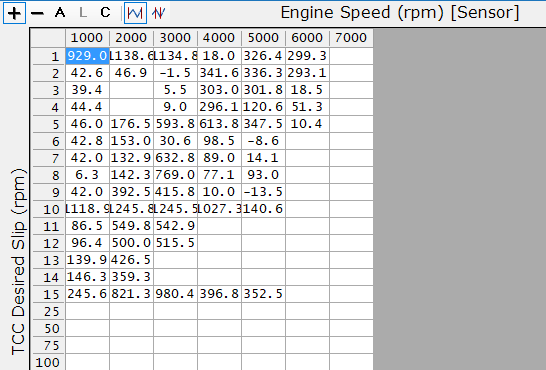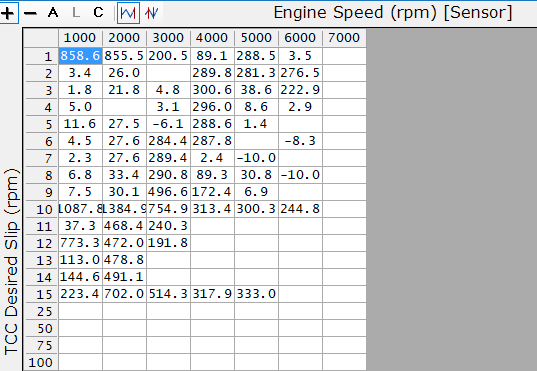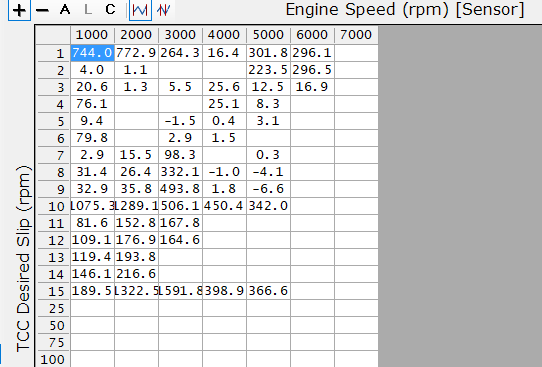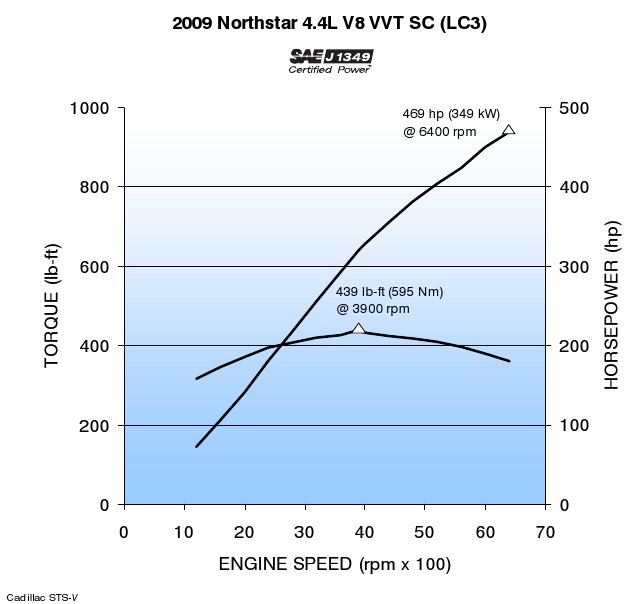Purpose: Keep the throttle closed again after boost ramp up. Eliminate TCC slip. Study KR vs PE by going richer, so closer to tune c2.
Plan: Raise PE to 12.7 to try to address KR; no change to spark map for this run. Address TUTD shift RPM to try to enable automatic shift up in 1/2/3/4 not 5/6/7/8 so can hold those if needed for dyno. Adjust Turbo Knock Mass to raise desired boost level to try to close throttle. Study scanner with car to understand missing channels. Modify TCC pressure apply ramp to reduce TCC slip. Rescan.
Conditions: 76F, 29.83 baro, 87% humidity. SAE J1349 correction 1.0052575076413.
Data:
2nd gear 456.8 hp @ 5838 rpm / 458 torque @ 5126 RPM with 17.4 psi boost at peak hp
3rd gear 464.8 hp at 5320 rpm / 469.5 torque @ 4660 RPM; with 19.4 psi boost at peak hp
Corrected 3 gear: 467.2 hp / 471.9 lb-ft torque
Result: Still getting KR at WOT at 12.7:1 PE and current spark map.
Throttle opened at 5718 RPM in at 71 mph on one test, stayed closed in another. Desired boost just before 34.5, actual boost 34.4 psi. Then desired boost falls off and throttle opens. 2.3 degrees KR showing at that point. MAT 133F. Boost 19.1 psi. Cyl airmass 1.34. fine on boost max limit but pinched on knock airmass. So further knock airmass adjust?
Comparative results from last 3 scans on TCC slip error; still needs attention. For the gallery images, right-click then select view in new tab to see full page versions.



Missing parameters: Connected to vehicle, then repolled vehicle for parameters. Now everything is showing again. I think this happened after I changed from stable release to beta release, but beta release is seeing all the parameters after repolling.




